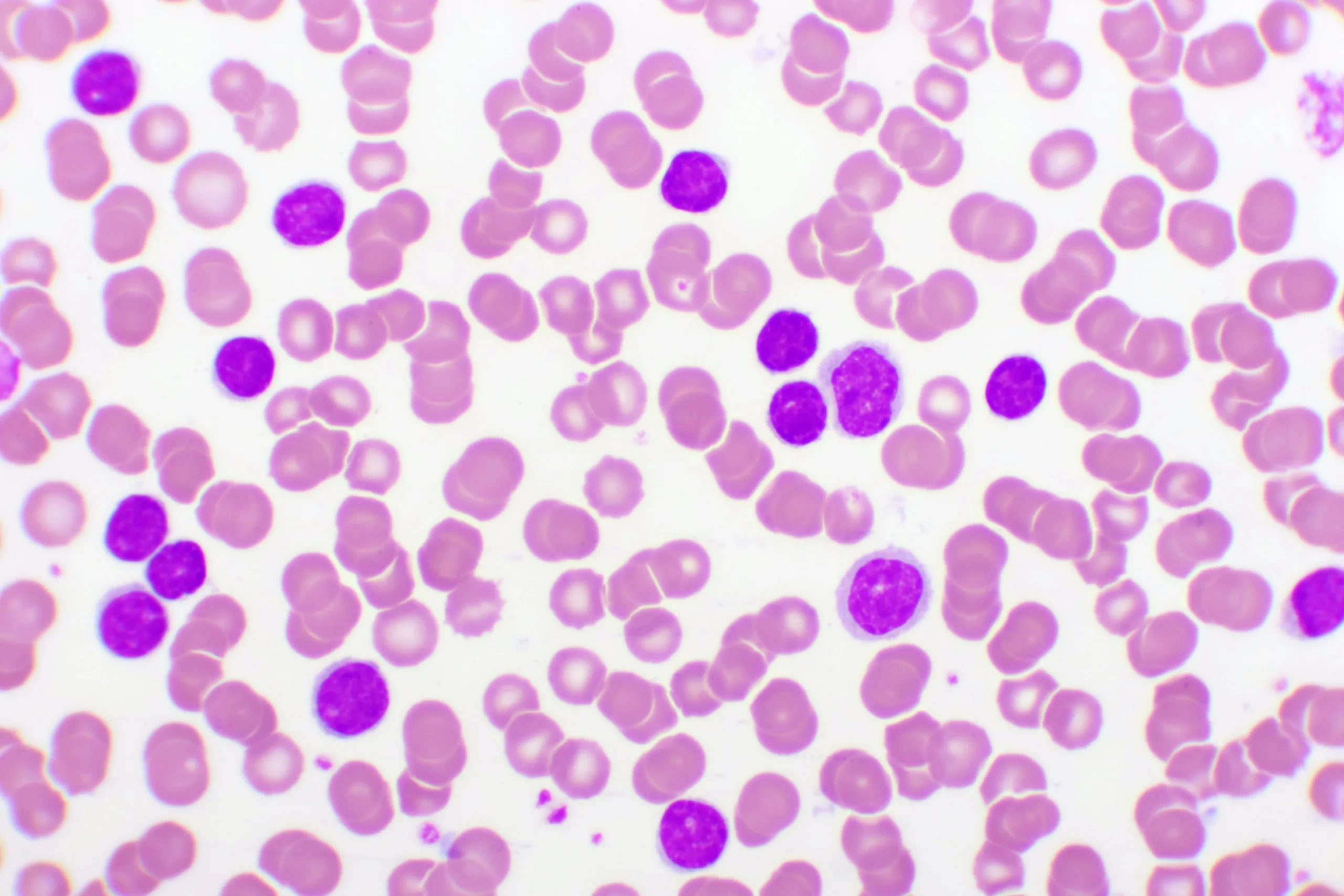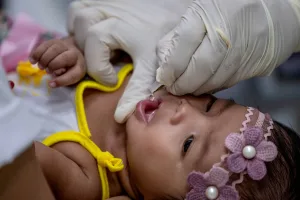Cesarean Section Delivery Linked to Increased Leukemia Risk in Children: A Swedish Study
A recent, large-scale study conducted in Sweden has brought to light a potential correlation between planned cesarean section (C-section) deliveries and an elevated risk of acute lymphoblastic leukemia (ALL) in children. The findings suggest a 21% increase in the risk of this specific type of childhood cancer among children born via planned C-section compared to those born vaginally.
Key Findings of the Study
Researchers analyzed a substantial dataset, meticulously examining birth records and cancer registries to identify potential links. The study’s focus on planned C-sections aimed to isolate the impact of the surgical procedure itself, as opposed to emergency C-sections which might be influenced by other underlying factors.
- Elevated Risk: The study indicated a statistically significant 21% higher risk of acute lymphoblastic leukemia in children born via planned C-section.
- Large Sample Size: The large size of the Swedish study population strengthens the reliability and validity of the findings.
- Focus on Planned C-sections: By focusing on planned C-sections, researchers aimed to minimize the influence of confounding variables.
Understanding Acute Lymphoblastic Leukemia (ALL)
Acute lymphoblastic leukemia is a type of cancer that affects the blood and bone marrow. It is the most common type of cancer in children, characterized by the rapid proliferation of abnormal lymphocytes. While advancements in treatment have significantly improved survival rates, understanding risk factors remains crucial for prevention and early detection.
Implications and Further Research
While this study highlights a potential association, it is important to note that correlation does not equal causation. Further research is needed to fully understand the underlying mechanisms that might explain the observed link. Potential areas of investigation include the impact of C-sections on the infant’s microbiome and immune system development.
Future research should consider:
- Exploring the role of the infant’s gut microbiome.
- Investigating the impact on the developing immune system.
- Analyzing genetic and environmental factors.
Final Overview
The Swedish study’s findings regarding the increased risk of acute lymphoblastic leukemia in children born via planned C-section warrant further investigation. While parents should not be unduly alarmed, this information can contribute to informed discussions with healthcare providers about the potential risks and benefits of different delivery methods. Continued research is essential to elucidate the underlying mechanisms and refine our understanding of the complex interplay between delivery mode and childhood health.




+ There are no comments
Add yours